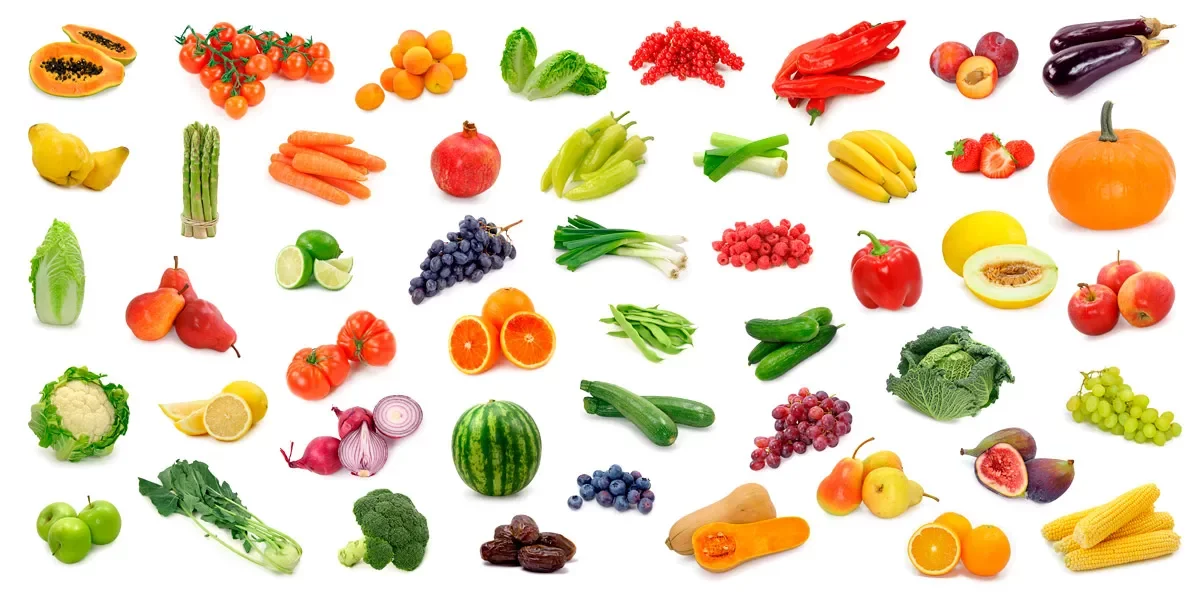
Every person knows well that eating sweets increases the amount of glucose in the blood. One glass of soda or a small piece of cake — these very quickly stimulate the release of insulin.
However, among foods there are also some that, at first glance, seem healthy and even beneficial. But they too can unexpectedly affect the body — by sharply increasing the level of glucose.
In addition, some ways of preparing food, improper satiety and lack of a diet are also very important factors. Below, we will discuss in detail exactly such products with “hidden” effects and mistakes made in nutrition.
Unexpected products with a high glycemic index
Most people consider vegetables such as carrots or celery to be beneficial. They stand on the shelves of healthy food in grocery stores. But from a biochemical point of view, if they are consumed alone — without other products — they can significantly increase the glycemic index and the amount of glucose.
For this reason, due to their natural sugar content, carrots — especially when eaten pureed — can affect the body like cake or soda. At the same time, celery is also in this group.
The danger of fruits and juices consumed as snacks
Fruits are undoubtedly considered part of a healthy diet. But they too can be a wrong choice as a snack. Especially fruits with a high glycemic index such as watermelon, melon, pineapple, raisins very quickly increase the level of glucose in the blood.
In dried fruits, glucose becomes even more concentrated. Fruits stored in syrup are a real “sugar bomb”. Freshly squeezed juices are also not as healthy as many think — they have a lot of sugar and important fibers are lost.
For example, one glass of grape juice has the same sugar content as four donuts. Due to the liquid nature of the juice, the body absorbs the sugar in it very quickly, and this raises the insulin level sky-high. As a result, a person quickly feels full, but soon feels hungry again.
Artificial sweeteners — a hidden danger
Among users, it has become a habit to consume artificial sweeteners as a “sugar-free” alternative. But these substances, so to speak, deceive the body. They are not glucose, but imitate its taste. In such a situation, our body does not receive glucose, but the brain thinks it has received sweet and demands even more sweets.
As a result, sensitivity to sweet taste decreases, and this can lead to various complex diseases.
What signs indicate insulin resistance?
Sudden weight gain — this is the first sign that insulin resistance is developing in the body. If eating habits have not changed, but weight increases, this is a worrying signal.
Changes on the skin — especially papillomas and darkening on the neck, chest, and armpits — may be a sign of insulin resistance. These growths are painless and appear repeatedly.
Modern life and the risk of diabetes
A fast pace of life, the increase of fast food and high-calorie products reduces the body’s sensitivity to insulin. Today, 529 million people in the world suffer from diabetes. By 2050, this number is expected to reach 1.5 billion.
What to do?
To lower blood glucose, it is more appropriate to properly organize the diet rather than taking additional products. That is, dishes with low carbohydrates and high fiber should be chosen. For example:
- green vegetables,
- sugar-free drainage drinks,
- probiotic yogurts,
- nuts and seeds.
Fermented products also help to keep blood sugar levels stable. One should not forget that every choice in nutrition has long-term consequences for our body.
Conclusion: healthy eating — a balanced approach
Healthy eating is not only a question of what you eat. It is, first of all, a matter of how and in what condition you eat. Even vegetables and fruits that seem healthy at first glance can be dangerous to health if consumed at the wrong time, in the wrong amount, and in the wrong combination.
Every snack, every glass of juice, every “uninspected” vegetable is a factor influencing the formation of insulin. Therefore, being aware of every step in nutrition and making conscious choices is an important life struggle for the modern person. Read “Zamin” on Telegram!
Ctrl
Enter
Found a mistake?
Select the phrase and press Ctrl+Enter Related news
Information
Users of Меҳмон are not allowed to comment this publication.
Users of Меҳмон are not allowed to comment this publication.












